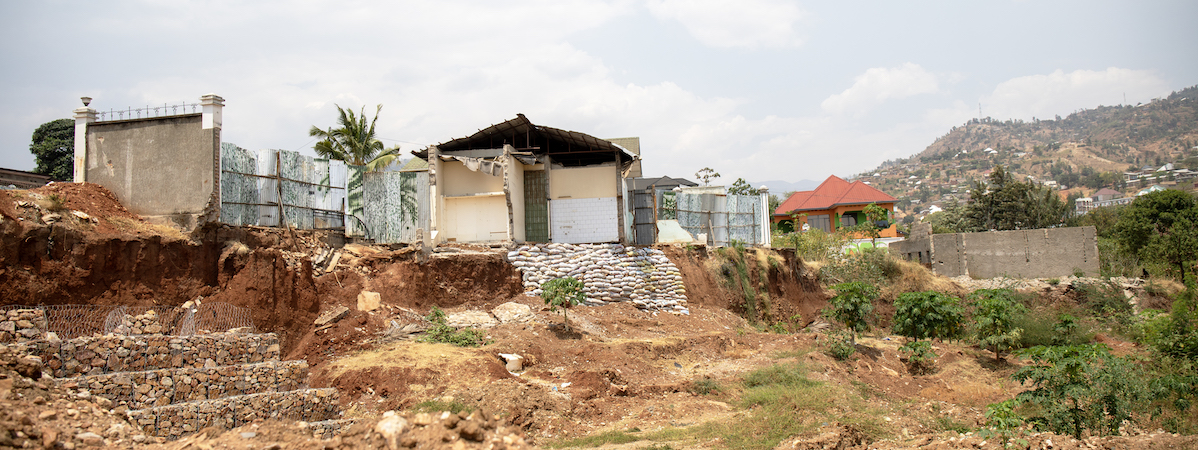
Photo:
The Government of Burundi initiated its National Adaptation Plan (NAP) process in August 2014 to build on existing climate strategies and address emerging adaptation needs. This readiness project will support the alignment of Burundi’s adaptation planning with the National Policy on Climate Change (NPCC) and the National Strategy and Action Plan on Climate Change (NSAPCC), building upon earlier efforts such as the National Adaptation Programme of Action (NAPA) submitted in 2006. The NAP process aims to overcome institutional, informational, and technical barriers to effective climate action by promoting integration of adaptation into national and sectoral planning, enhancing climate vulnerability assessments, and strengthening the capacity of key sectors including agriculture, water resources, health, and infrastructure to respond to increasing climate risks.
The project was approved in September 2023.
- National
- National Governments
- Burundi's Ministry of Environment, Agriculture and Livestock
The National Adaptation Plan (NAP) project in Burundi closely aligns with the country’s broader development goals, including Vision 2025 and the National Development Plan (PND).
From 2018 to 2020, Burundi, with UNDP support, implemented a GCF readiness project to strengthen climate coordination and stakeholder engagement. It enhanced the capacity of the NDA (MINEAGRIE) and established a sustainable mechanism for including key groups, such as women’s organizations and the private sector, in climate finance decisions. This mechanism will continue to support stakeholder involvement throughout the current project.
It builds on the foundations of earlier climate efforts, starting with the official launch of the NAP process in August 2014. At that time, a national workshop brought together stakeholders from key ministries to reflect on lessons learned from the National Adaptation Programme of Action (NAPA). The NAPA had identified 14 priority adaptation options across five vulnerable sectors: water, energy, natural ecosystems, agriculture (including livestock and forestry), and health.
From these priority areas, the government identified 12 adaptation projects to meet urgent needs, with five already underway. Burundi’s NAP implementation now looks to go further by focusing on long-term and medium-term adaptation planning. It aims to build on the foundation laid by the NAPA, ensuring that the two strategies work hand-in-hand to make Burundi more climate-resilient. By doing so, the government can address both immediate vulnerabilities and prepare for future climate challenges.
To guide this work, the NAP is aligned with key national policies. These include the National Policy on Climate Change (NPCC), which outlines strategies such as vulnerability assessments, integration of adaptation into development goals, and mobilization of funding. The NAP is also supported by the National Strategy and Action Plan on Climate Change (NSAPCC), which emphasizes risk management, youth and vulnerable group inclusion, research and innovation, and capacity building across sectors.
In addition, Burundi’s revised Nationally Determined Contribution (NDC), submitted in 2021, supports the goals of the NAP, which was submitted to the UNFCCC on 4 December 2023. It highlights adaptation priorities in agriculture, health, infrastructure, and waste management while also identifying the need to improve coordination, develop policies, and secure climate finance. The Third National Communication, submitted in 2019, further supports this effort by providing the latest data on sectoral climate vulnerability and proposing adaptation strategies. Together, these efforts position Burundi to strengthen its resilience to climate change while advancing sustainable development.
Outcome 3.1 Adaptation planning governance and institutional coordination strengthened
Outcome 3.2 Evidence basis produced to design adaptation solutions for maximum impact
Outcome 3.3 Private sector engagement in adaptation catalyzed
Outcome 3.4 Adaptation finance increased
